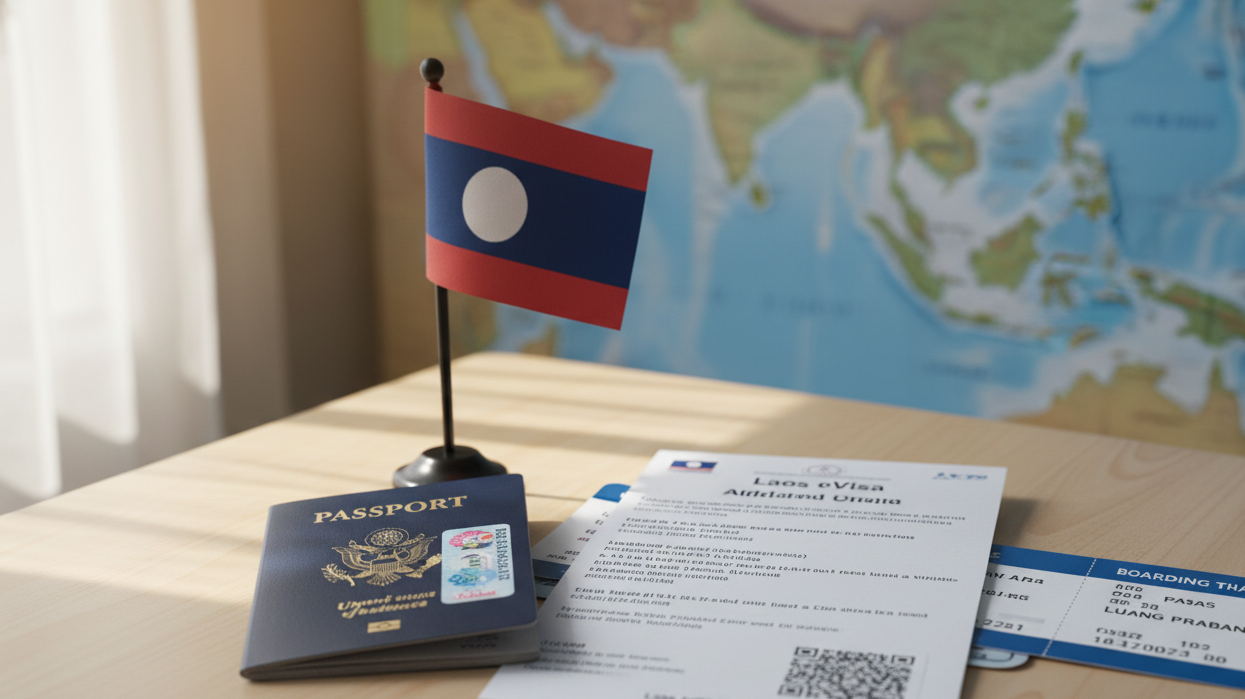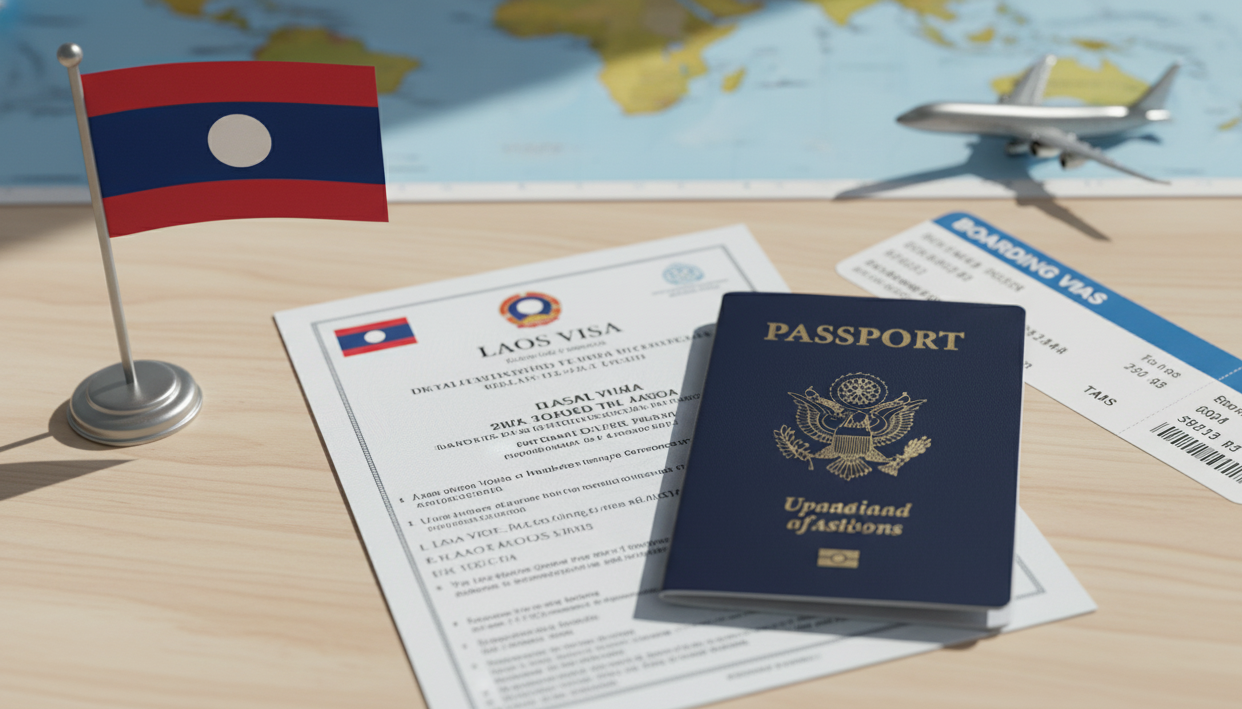Understanding US Visa Status Approved vs Issued. After your U.S. visa interview, checking your application status online can be a tense experience. You refresh the page, hoping for good news, and then you see it: “Approved.” While this is a huge relief, it’s not the final step. Soon after, the status might change to “Issued.” This can be confusing. What is the difference between an approved and an issued visa status? Understanding these terms is essential for anyone going through the U.S. visa application process.
This guide will explain the key differences between a visa status approved vs issued. We’ll break down what each status means for your application, discuss timelines, and clarify the roles of different government bodies in the process.
Overview of US Visa Categories
The United States offers various types of visas based on the purpose of your travel. These are broadly separated into two groups.
- Nonimmigrant Visas: These are for temporary stays, such as tourism (B-2), business (B-1), studying (F-1), or temporary work (H-1B).
- Immigrant Visas: These are for foreign nationals who intend to live and work permanently in the United States.
Each of these US visa categories has its own set of requirements and procedures, which can affect how your application status is updated and communicated.
Importance of Visa Status
Your visa status, which you can check on the Department of State’s Consular Electronic Application Center (CEAC) website, provides real-time updates on your application’s journey after your interview. Proper visa status tracking helps you understand where you are in the process, manage your expectations for timelines, and prepare for the next steps, like booking your travel.
Understanding Visa Approval

Seeing the word “Approved” is the first major confirmation that you have met the eligibility requirements for your visa.
What Does “Approved” Mean?
When your visa status shows as “Approved,” it means a consular officer has reviewed your application and interview and has made a final decision to grant you the visa. This decision confirms that you have successfully demonstrated your eligibility under U.S. immigration law for the visa category you applied for.
However, an “approved” status does not mean the visa is ready or in your hands. It is an internal status update indicating the decision has been made. The application now moves to the final administrative and printing stages.
Visa Approval Timeline
The status typically changes to “Approved” within a few days of your visa interview. Sometimes, it can appear on the same day. If your case requires “Administrative Processing,” this step will take longer, and the status will only change to “Approved” after that review is complete. Understanding visa processing times is key to managing your expectations during this phase.
Common Visa Categories and Their Processing Times
- Tourist/Business Visas (B-1/B-2): Often approved quickly, sometimes on the day of the interview.
- Student Visas (F-1): Approval is also generally fast, assuming all documents from the educational institution are in order.
- Work Visas (H-1B, L-1): These may take longer due to the complexity of the petitions. The approval on the CEAC site follows a prior approval of a petition with USCIS.
Understanding Visa Issuance

The “Issued” status is the final confirmation that your visa is ready and has been finalized.
What Does “Issued” Mean?
When your visa status updates to “Issued,” it signifies that the consular section has completed the final processing. The visa has been printed and is being prepared for placement in your passport. At this point, no further action is needed from you except to wait for your passport to be returned. This is the ultimate green light. The term visa issuance meaning is that the process is complete, and the physical visa is being prepared for delivery.
Visa Validity Period
Once issued, your visa will have a specific validity period, which determines how long you can use it to seek entry into the U.S. The “Expiration Date” on the visa shows the last day you can use it to travel to a U.S. port of entry. It does not dictate how long you can stay in the country. Your permitted length of stay is determined by a U.S. Customs and Border Protection (CBP) officer upon your arrival.
The Role of US Embassies and Consulates
US embassies and consulates are responsible for the entire visa adjudication process, from the interview to the final issuance. They are the authorities who interview applicants, approve applications, and physically print and place the visa foils into passports. Any questions about your case status should be directed to the specific embassy or consulate where you applied.
Differences Between Approved and Issued
While they may seem similar, the distinction between these two statuses is important. Understanding the difference in visa status approved vs issued helps you know exactly where you stand.
Key Differences Explained
Here is a simple breakdown:
- Approved: This is the decision-making stage. A consular officer has adjudicated your case and determined you are eligible for the visa. The administrative work is not yet complete.
- Issued: This is the final production stage. The visa has been printed and is being prepared for delivery to you. The process is complete from the embassy’s side.
Think of it like ordering a custom product. “Approved” is when the manager confirms your order meets all specifications. “Issued” is when the product has been built, packaged, and is on the truck for delivery.
Visa Denial Reasons
If your application is not approved, it will be refused. Common visa denial reasons include failing to prove strong ties to your home country, incomplete applications, or not meeting the specific legal requirements for the visa category. The consular officer will provide you with a letter explaining the reason for the refusal.
Temporary Visa Status Considerations
For many applicants, the period between “Approved” and “Issued” can be a source of anxiety. It is important to remember that this is a standard part of the procedure. A temporary visa status like “Administrative Processing” can also occur between these two stages if your case needs further review. This is not a denial, but it will delay the final decision.
Conclusion
Navigating the U.S. visa application process requires patience and a clear understanding of each step. The difference between an “approved” and “issued” status is a perfect example of the detailed stages involved.
Summary of Key Points
- Approved: The consular officer has decided you are eligible for the visa.
- Issued: The visa has been printed and is being sent to you.
- Visa Status Tracking: Use the CEAC website to monitor your application’s progress from “Approved” to “Issued.”
- Timeline: The status change from “Approved” to “Issued” usually happens within a few business days, but can be delayed by administrative processing.
Final Thoughts on Visa Tracking
Don’t panic if your status remains “Approved” for a few days. This is normal. The change to “Issued” will follow once the final administrative tasks are complete. By understanding the meaning behind each status update, you can follow your visa journey with more confidence and less stress.
